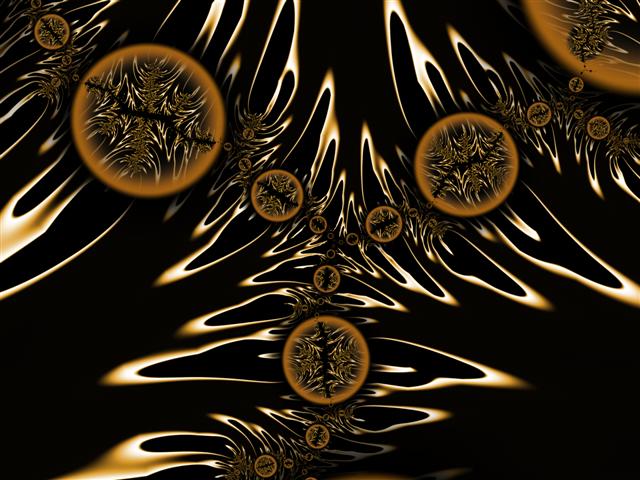Variations of Brocard's Conjecture
"The essence of mathematics is its freedom."
-Geoge Cantor
"I have created a new universe from nothing."
-Janos Bolyai
Brocard's conjecture states that between the squares of any two consecutive prime numbers, there are at least 4 primes. For example, between 5^2=25 and 7^2=49 there are 6 primes: (29, 31, 37, 41, 43, 47).
Computational evidence suggests that Brocard's conjecture is almost certainly true: between the squares of the 99th and 100th primes for example, there are no less than 1513 primes!
Let's create a variation of Brocard's conjecture using semiprimes in place of primes and see what happens. A semiprime is a number that's the product of exactly two primes, e.g. 15=5•3 and 123467 = 311•397. So between the squares of any two consecutive semiprime numbers, how many semiprimes can we find? A lot. Said sequence begins like so:
7, 13, 8, 28, 13, 60, 14, 41, 12, 118, 20, 20,...
For example, the first and second semiprimes are 4 and 6, which become 16 and 36 when squared, and between those values are 7 semiprimes: (21, 22, 25, 26, 33, 34, 35), which is the first term in the sequence above.
After running many computational experiments it appears we can go so far as to state this:
Conjecture: There are at least 7 semiprimes between consecutive squared values of semiprimes.
More computational evidence for the conjecture: For n>=253 it seems there are always at least 100 semiprimes between successive squared semiprimes; and for n>=2845 there appears to be at least 1000 semiprimes between successive squared semiprimes.
Holy smokes, that's a lot of semiprimes.
Can we make another variation of Brocard's conjecture? Damn straight we can. Let's try brilliant numbers between successive squared semiprimes and run a few quick and dirty computations.
First, a brilliant number is defined as a semiprime whose prime factors have the same number of decimal digits. For example, 8973037=1009•8893 is a brilliant number since each of its prime factors have exactly 4 digits. Brilliant numbers are mostly used for cryptographic purposes, but they are also used to test out the performance of various prime-factoring programs.
The sequence: “number of brilliants between the squares of any two consecutive semiprimes” begins like so:
3, 1, 0, 4, 2, 13, 3, 10, 4, 35, 3, 5, 14, 4, 27, 10, 9, 14, 7, 2, 13, 9, 9, 11, 6, 7, 4, 1 ...
Now, based on this highly limited sample of data, if we wanted to “jump the gun” and make a conjecture that for all n >=10 there will always be at least one brilliant number between successive squared semiprimes, we would be very WRONG indeed.
After running a bunch of computer experiments to see where it might be “safe” in the number line to try to make a cool yet confident conjecture that there will always be at least one brilliant between consecutive semiprimes, my program reached the 2000s range and for an instant I thought, “Okay dude, it's probably safe to make the conjecture now.” But then upon further observance of the computer data while letting the program climb into the 3000s, 4000s, and 5000s, where the amount of brilliants seemed to be hovering around the 100 range, gradually I noticed that in the 7000s the values began to get a little too scarce for comfort; until finally I was completely shocked to find the wall of data below (pay attention to the number on the far right) -- [format below is 'consecutive semis: their square values: then the count of brilliant numbers between those squares']:
9598:9599:92121604:92140801,count:12
9626:9627:92659876:92679129,count:8
9662:9663:93354244:93373569,count:7
9753:9754:95121009:95140516,count:7
9754:9755:95140516:95160025,count:5
9777:9778:95589729:95609284,count:5
9862:9863:97259044:97278769,count:2
9865:9866:97318225:97337956,count:2
9902:9903:98049604:98069409,count:4
9913:9914:98267569:98287396,count:1
9934:9935:98684356:98704225,count:1
9937:9938:98743969:98763844,count:0
9938:9939:98763844:98783721,count:1
9985:9986:99700225:99720196,count:0
9986:9987:99720196:99740169,count:0
9997:9998:99940009:99960004,count:0
10018:10019:100360324:100380361,count:0
10021:10022:100420441:100440484,count:1
10041:10042:100821681:100841764,count:0
10077:10078:101545929:101566084,count:0
10117:10118:102353689:102373924,count:2
10118:10119:102373924:102394161,count:4
10173:10174:103489929:103510276,count:1
10201:10202:104060401:104080804,count:10
10213:10214:104305369:104325796,count:6
Wow! We ran into a bunch of frickin' zeros in the 9000S and 10,000S range! Which means no brilliants there at all. Thus it appears the mighty brilliant numbers are not so easily tamed. Nobody can tame the brilliants, not ever. They are simply too incredible and wild.
After my excitement dwindled down, I pulled myself together and realized there may even be more zeros in that particular range than those shown above since in my computer program I only tested the n and n+1 values such that they were both consecutive semiprimes, which leaves other semiprime ranges out of the testing.
So concerning any conjectures that could be made for the brilliant version of Brocard's conjecture, I am afraid none can be made. The brilliant numbers are simply too defiant and unpredictable. Which is why they are by far my favorite class of numbers.

The variation using brilliant numbers is so interesting. Looking forward to your other 'brilliant' computational experiments:)
Thanks, the brilliants are my favorite class of numbers!
Following you!
Congratulations @zevi35711! You have received a personal award!
Click on the badge to view your Board of Honor.
Congratulations @zevi35711! You received a personal award!
You can view your badges on your Steem Board and compare to others on the Steem Ranking
Vote for @Steemitboard as a witness to get one more award and increased upvotes!